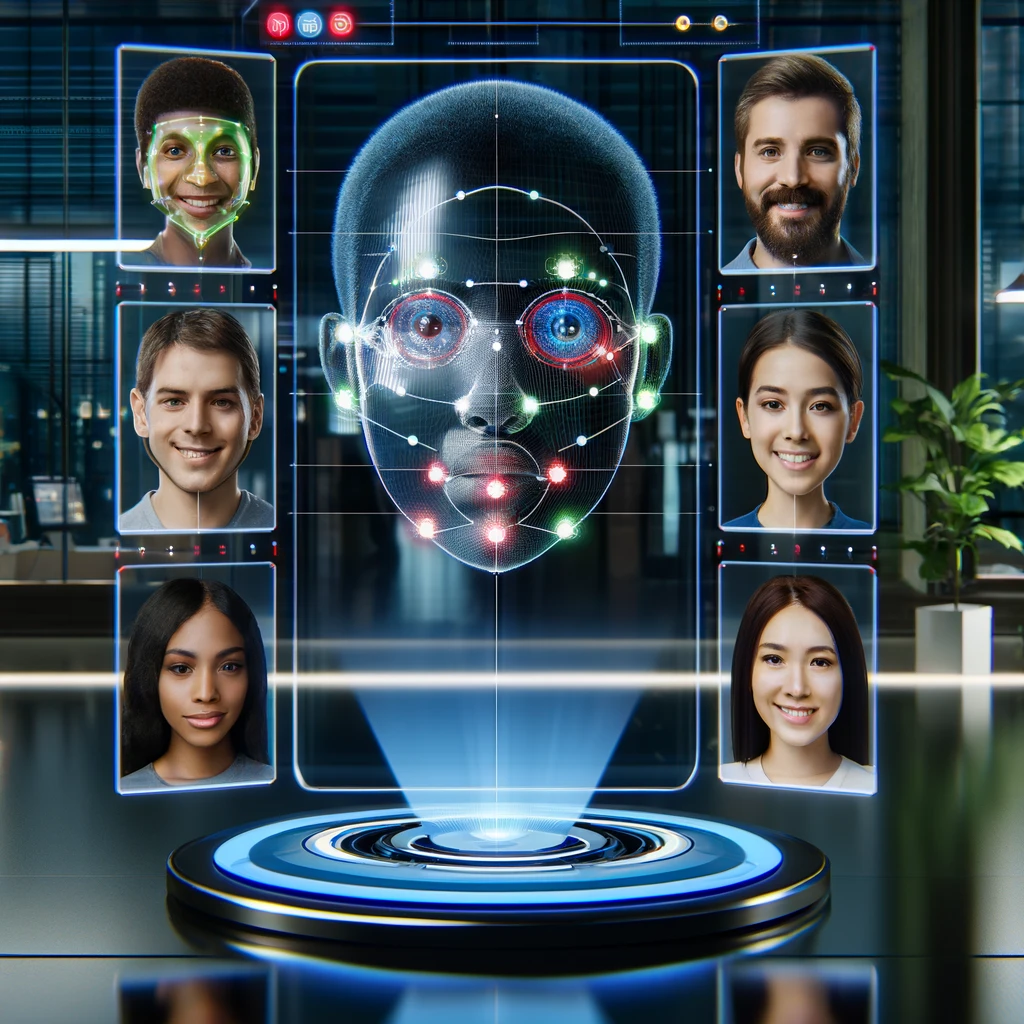How good is AI at detecting human emotions from facial expressions? Currently, the most advanced and state-of-the-art FER software can achieve an accuracy rate of around 75% to 80%. This should be compared to the average natural human ability to detect emotions, which is around 90%. It’s important to note that even humans are not infallible when it comes to recognizing and interpreting facial expressions.
An independent research on Accuracy of Facial Emotion Recognition technology
In this regard, a university study compares the accuracy of different software, detected on the six basic emotions of Paul Ekman, with the perception of the human being. These are the results of the accuracy study.
Damien Dupré, Eva G. Krumhuber, Dennis Küster, & Gary McKeown by respectively Dublin City University, University College London, University of Bremen, Queen’s University Belfast published here: Emotion recognition in humans and machine using posed and spontaneous facial expression
Here some extract from the study:

MorphCast Facial Emotion Recognition technology
Certainly, MorphCast’s “Emotional Tracking (SDK v1.0)” deserves special attention. This JavaScript engine, which is less than 1MB in size, operates directly on browsers or app webviews, bypassing the need for remote server and API processing. This client-side functioning brings several advantages:
Reduced Latency
Since all processing happens directly on the user’s device, there’s no need to send data back and forth to a server, which can significantly reduce latency and enhance the user experience, particularly for real-time applications.
Increased Privacy
With client-side processing, sensitive data like facial images or emotion data does not need to be transmitted or stored on a server. This can enhance privacy and make it easier to comply with data protection regulations like GDPR.
Lower Bandwidth Usage
By processing data on the client side, the software can reduce the amount of data that needs to be transmitted over the network. This can lower bandwidth usage and make the software more usable in environments with limited or unreliable internet connectivity.
Scalability
Client-side processing can also make it easier to scale the software to many users, since each user’s device handles its own processing. This reduces the load on the server and can make the software more responsive during peak usage times.
Customizability
Client-side software may offer more opportunities for customization, since developers can often modify the client-side code more easily than server-side code. This can make it easier to tailor the software to specific needs or applications.
MorphCast’s approach of offering a lightweight, client-side solution for emotion recognition presents a unique blend of advantages like efficiency, privacy, scalability, and customization.
Get MorphCast Emotion AI SDK now and try it for free, no credit card required.
Upon successful verification of your email, we will promptly dispatch a MorphCast license key to you




